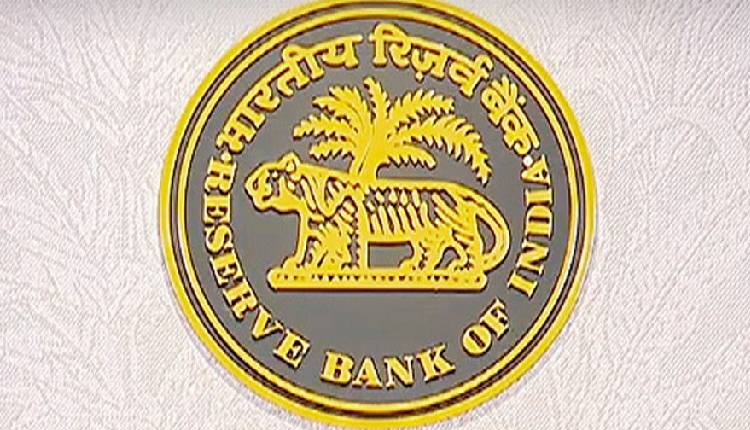Mumbai: The Indian economy showed signs of a further pick up in momentum, despite continuing global headwinds. Available high-frequency indicators for October suggest a robust expansion in both manufacturing and services activities, supported by festive season demand and the ongoing positive impact of the GST reforms, according to the RBI monthly bulletin released on Monday.
Inflation has moderated to a historic low and remained well below the target rate. The fall in inflation was driven by a decline in food prices and the GST rate cut on goods and services prices, besides favourable base effects. Financial conditions remained benign, and the flow of financial resources to the commercial sector increased significantly from a year ago, the bulletin states.
GST collections improved over the previous month, indicating a strong pick up in consumer demand. Sowing of all rabi crops is progressing well following the harvesting of kharif crops.
High-frequency indicators for October suggest further broadening of manufacturing activity and continued robust expansion in the services sector. Merchandise trade deficit widened to an all-time high in October 2025.
While exports contracted after remaining in expansion for three months, reflecting the adverse impact from global headwinds, imports surged on account of higher gold and silver imports, catering to the festive demand, the RBI bulletin further states.
To mitigate the impact of trade disruptions on exports arising on account of global headwinds, the Reserve Bank implemented various trade relief measures for exporters with immediate effect.
Tariff exemptions on some agricultural products by the US on November 14, 2025 will help Indian exports, it observes.
The RBI bulletin points out that Indian equity markets gained in October-November amidst positive cues on India-US trade deal and healthy corporate earnings for Q2:2025- 26.
Primary market mobilisation also recorded a significant increase in October over the previous month. The initial public offerings (IPOs) mobilisation during April-October 2025 was markedly higher than last year, with strong participation from both FPIs and DIIs.
In the midst of continuing uncertainty on global trade policies and concerns about their domestic impact, the Indian economy continues to be resilient to external sector shocks, backed by strong services exports, robust remittance receipts, and benign oil prices.
Foreign exchange reserves remain adequate to cushion adverse external shocks. External debt as a proportion of GDP remains low and stable. Further, the share of short-term debt in total external debt remains low, the RBI bulletin added.
(IANS)
















